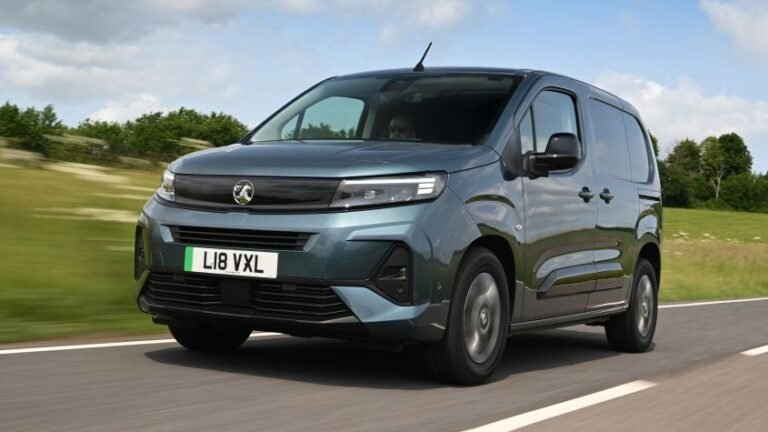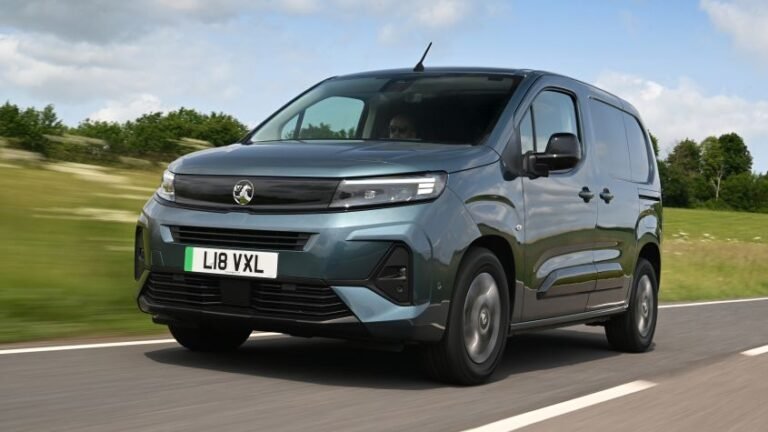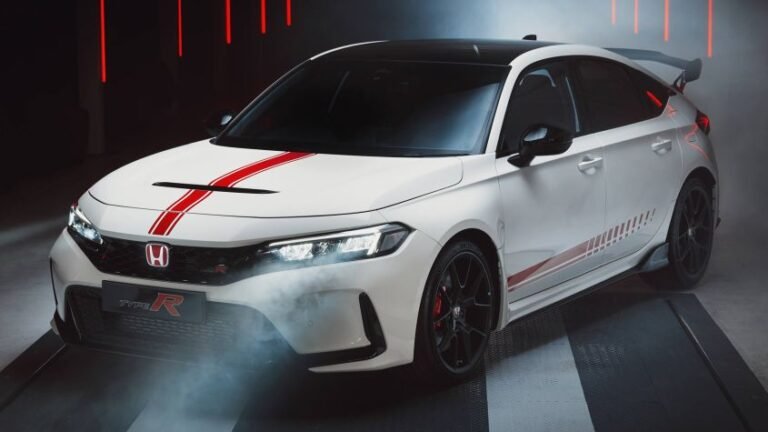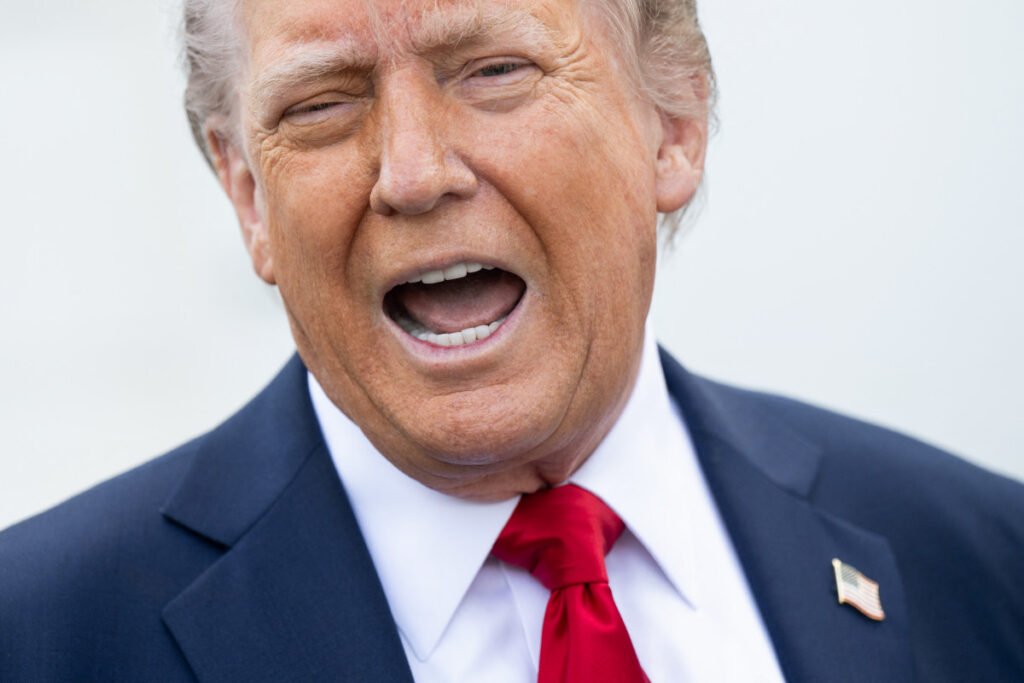
Pres. Donald Trump has been fixated on tariffs, imposing an array of duties on all sorts of foreign-made goods, including steel and aluminum, as well as autos and auto parts. “Today we’re doing copper,” the president announced during a Tuesday cabinet meeting.
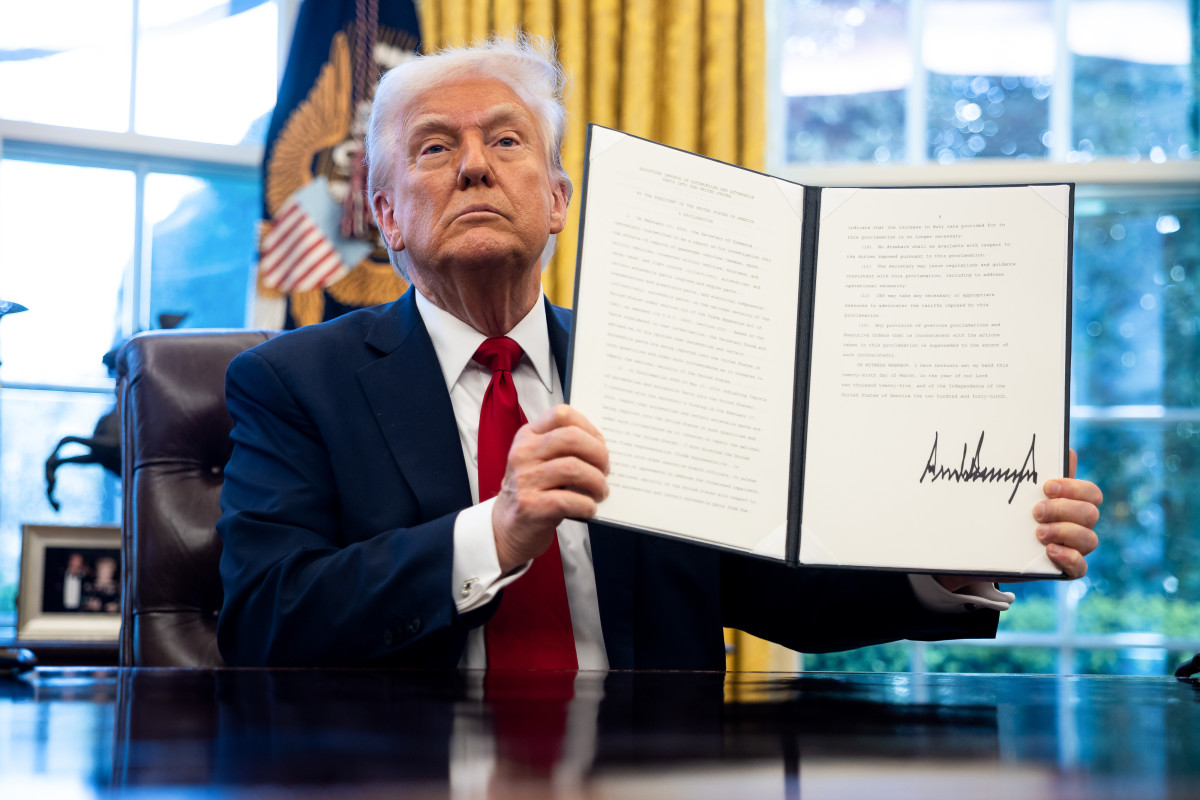
And, just like those earlier tariffs, buyers could wind up shelling out hundreds – even thousands – of dollars more for new vehicles if he follows up on that threat. That’s because the ductile metal is used in everything from wiring harnesses to power seat, window and mirror motors, as well as radios, alternators and cooling fans. Today’s battery-electric vehicles, meanwhile, can be outfitted with several miles of copper wire.
New Tariffs
Since beginning his second term in January, Trump has announced a variety of different tariffs, though he has also paused some of them – on Monday delaying “reciprocal” duties through August 1. But others are already in effect, notably tariffs of 25% on foreign-made autos and auto parts, and 50% on aluminum and steel. AlixPartners recently estimated these duties will drive up the cost of the typical vehicle sold in the U.S. by as much as $2,000. Even domestically made products are impacted since they all rely on at least some imported parts and metals. This has begun forcing buyers to rethink what vehicle to buy – and whether to switch from new to used.
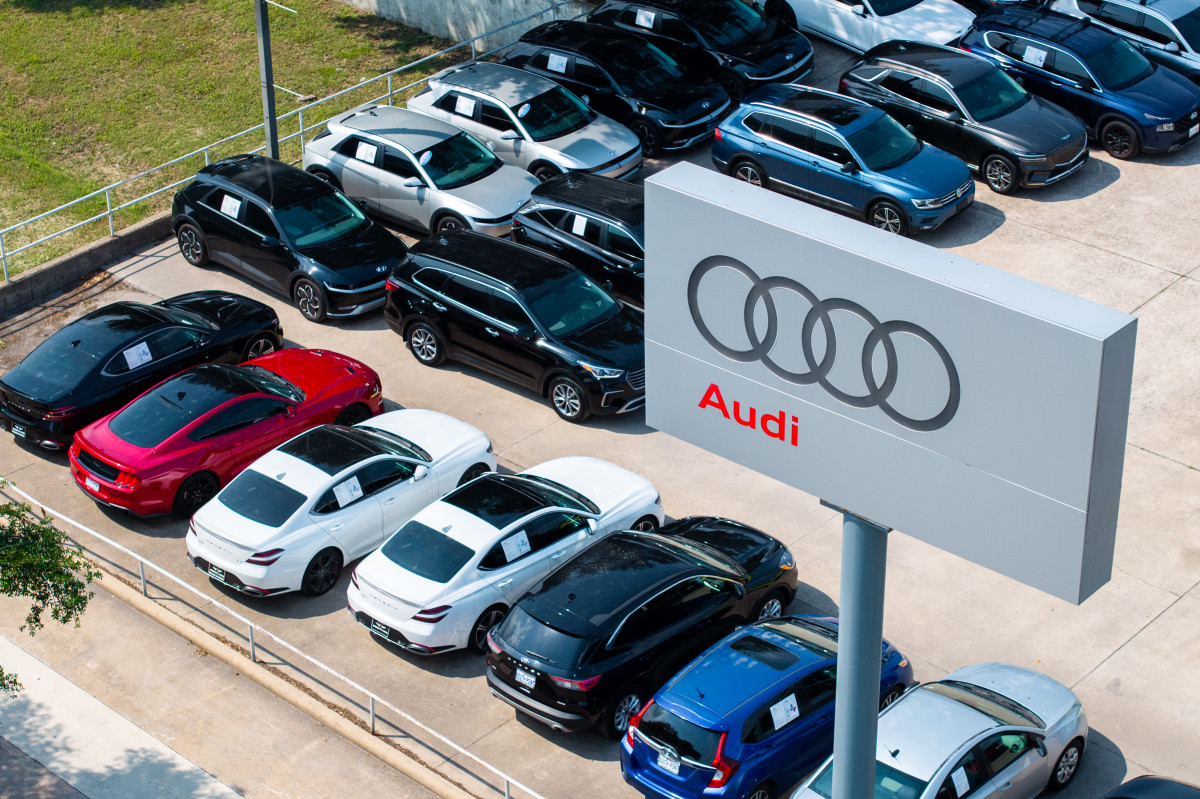
Brandon Bell/Getty Images
Trump said on Tuesday he will move soon on other sector-targeted tariffs, including 200% on pharmaceuticals. Copper will face duties of 50%. The impact of the latter move will be felt across the economy as copper is essential to virtually all electrical and electronic devices: fans, TVs, refrigerators, smartphones and, of course, automobiles.
Copper is Everywhere
Copper is a ubiquitous element in modern society, and much of it is imported – about $17 billion worth last year, according to the U.S. Commerce Department. While key exotic metals used in electronics — like molybdenum, tellurium, indium and tungsten – come from China, Chile is the largest supplier of copper, sending $6 billion of the stuff to the States in 2024.
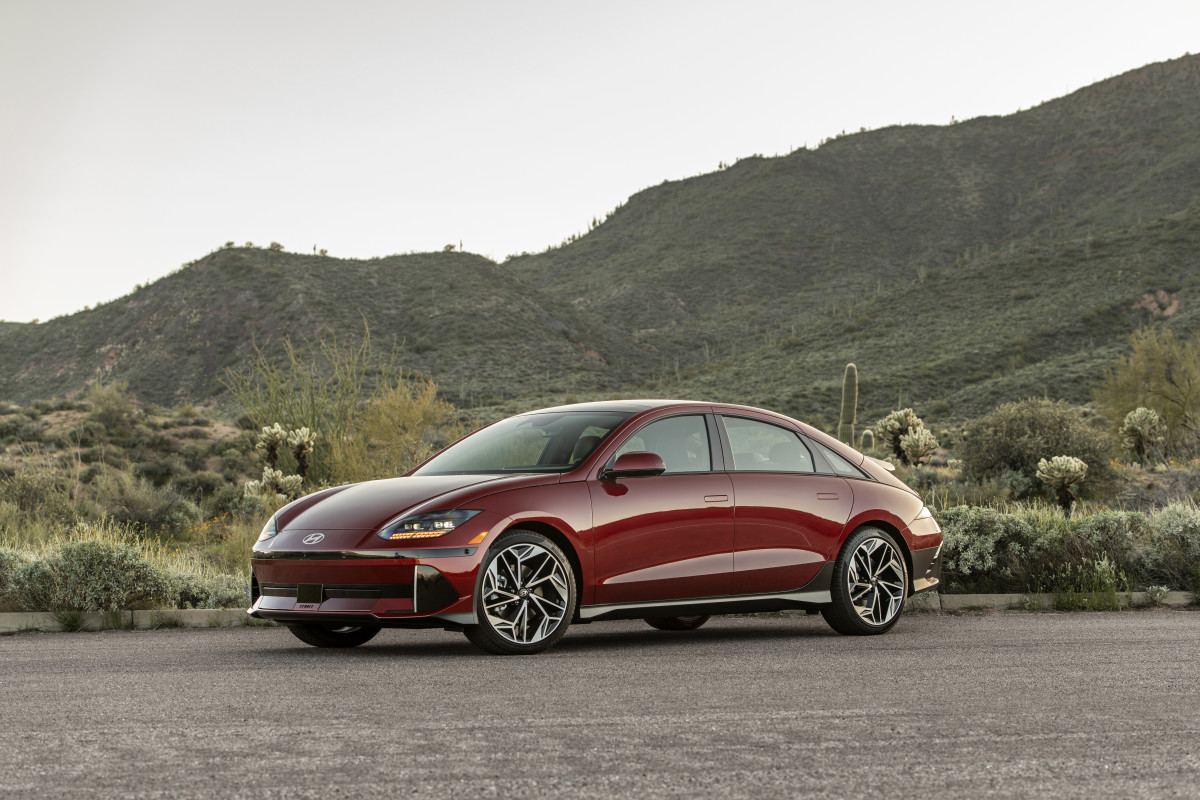
“There’s a couple hundred pounds of copper in the typical vehicle,” said Sam Abuelsamid, lead analyst with Telemetry Research. “It’s in wiring harnesses, of course, in connectors, batteries and alternators and there are motors everywhere.”
That’s all the more so with EVs. “To put this into perspective, a typical electric vehicle battery pack (alone) can contain up to 220 pounds of copper,” according to ElectraMet, a company that provides recycle and recovery “solutions” for metals and other materials.
Prices Skyrocket
“I’ve been surprised it’s taken this long to get the copper tariff,” Ed Mills, Washington policy analyst at Raymond James, said during an interview on CNN. He’s not alone. Copper prices had already surged on the commodities markets this year by 38%, the president’s Tuesday announcement causing a 15% jump by the end of the day. At one point, it hit a record $5.66 a pound before settling back to $5.48, according to tracking site Commodity.com.

At that price, a 50% tariff would come to $2.74 a pound. And that’s just for the raw metal. There’s already a substantial markup for turning raw ore into usable metal, then into wires, connectors and other usable materials. The new tariff would add hundreds of dollars to the typical vehicle and possibly a thousand or more on electric vehicles with large battery packs, such as the Chevrolet Silverado EV pickup. With the Congressional budget plan passed last week eliminating the current tax credits for EV buyers, that could price many potential customers out of the market.
But prices will go up even on vehicles using internal combustion engines, warned Abuelsamid, vehicles already hit by some of Trump’s other tariffs.
